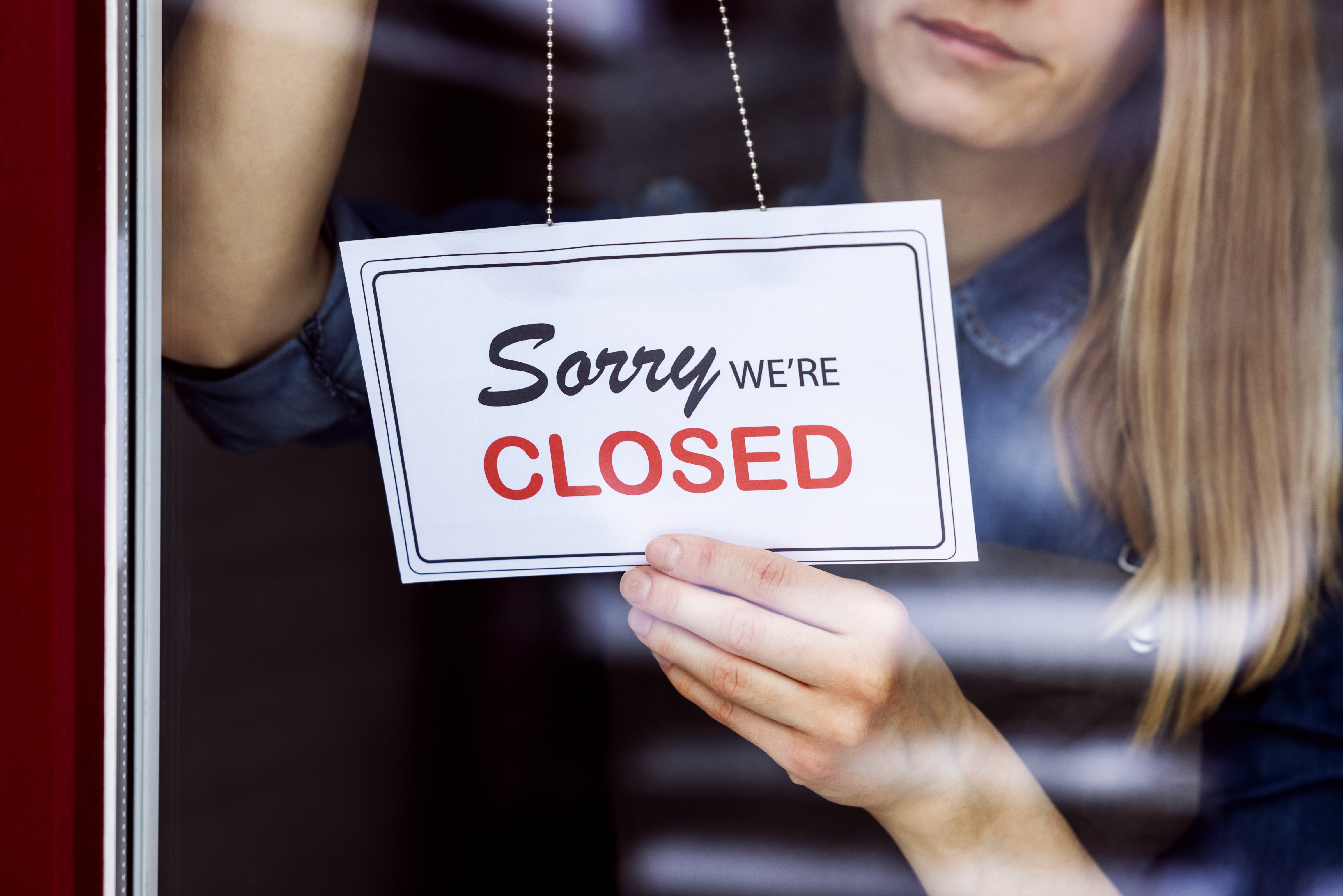Rising Prices: Which Goods and Services Are Driving Inflation?
Inflation eased according to the latest CPI data, but rising costs for housing, food and other items remain an overhang.


Karee Venema
U.S. consumer price inflation took a surprising turn for the better in February, though the Consumer Price Index (CPI) showed price increases for a broad range of goods and services.
For the record, headline February CPI increased 0.2% month over month, according to the Bureau of Labor Statistics. Economists were looking for inflation to rise 0.3% last month. On an annual basis, headline CPI rose 2.8%, down from 3.0% in January, and below than the 2.9% median forecast.
More importantly, core CPI, which excludes volatile food and energy costs and is considered a better indicator of future prices, increased 0.2%, a deceleration from January's 0.4% jump. Economists were looking for monthly core CPI to increase 0.3%.

Sign up for Kiplinger’s Free E-Newsletters
Profit and prosper with the best of expert advice on investing, taxes, retirement, personal finance and more - straight to your e-mail.
Profit and prosper with the best of expert advice - straight to your e-mail.
On an annual basis, core CPI also came in lower than expected, at 3.1%% vs the median estimate of 3.2%.
Despite the CPI beat, the bottom line from the February CPI report is that prices are still rising faster than consumers and the Fed would like.
Between 2000 and 2020, annual inflation in the U.S. averaged just 2.1%. (Recall that the Federal Reserve's inflation target is 2%.) Perhaps we didn't appreciate it enough at the time, but the first two decades of the 21st century were a sort of Goldilocks era for inflation: not too fast and not too slow.
Just have a look at some of the subcategories in the latest CPI report to see how much things have changed. Below we highlight the goods and services that are weighing most heavily on folks' finances.
Rising prices: where inflation is hitting hardest

Groceries were mercifully unchanged in February as four categories saw declines. Indeed, the food at home category was flat last month after rising 0.5% in January.
The indexes for fruits, vegetables, nonalcoholic beverages and dairy all declined, though egg prices jumped 10.4% and beef was up 2.4%.
The food away from home category, which includes meals at restaurants and bars, rose 0.4% in February after gaining 0.2% in January.
Meanwhile, used car prices, which had shown price declines in mid-2024, were up 0.9% in February after surging 2.2% in January.
Medicine and medical devices also got a bit pricier last month, as medical care commodities edged up 0.1%. Apparel prices, meanwhile, rose 0.6% after declining 1.6% in January.
Other contributors to inflation were services, especially services excluding energy services, which increased 0.3% last month after rising 0.5% in January. Commodities also chipped in. Excluding food and energy, the index gained 0.2% after increasing 0.3% at the start of the year.
Housing costs, or the shelter index, also remained sticky and lifted inflation last month.
"The shelter index increased 0.3 percent over the month," the BLS said. "The index for owners' equivalent rent rose 0.3 percent in February, as did the index for rent. The lodging away from home index increased 0.2 percent in February."
Elsewhere, prices for motor vehicle insurance index surged 11.1% in February, while the index for recreation rose 1.8%. Medical care and education costs also rose in February.
In better news, the index for airline fares fell 4% last month, while prices for new cars were also down.
Where inflation goes from here is hard to say as forecasters brace for the potential impact of tariffs under the Trump administration.
"Inflation is moving in the right direction," says Bill Adams, chief economist at Comerica Bank. "At the same time, the dizzying back-and-forth over tariffs is a large and unpredictable upside risk to the inflation outlook."
Adams adds that it's likely tariff rates will be higher in the second half of the year and that will "increase the cost of imported consumer goods and input costs for service-providing businesses, likely interrupting inflation's move lower."
Related Content
Get Kiplinger Today newsletter — free
Profit and prosper with the best of Kiplinger's advice on investing, taxes, retirement, personal finance and much more. Delivered daily. Enter your email in the box and click Sign Me Up.

Dan Burrows is Kiplinger's senior investing writer, having joined the august publication full time in 2016.
A long-time financial journalist, Dan is a veteran of MarketWatch, CBS MoneyWatch, SmartMoney, InvestorPlace, DailyFinance and other tier 1 national publications. He has written for The Wall Street Journal, Bloomberg and Consumer Reports and his stories have appeared in the New York Daily News, the San Jose Mercury News and Investor's Business Daily, among many other outlets. As a senior writer at AOL's DailyFinance, Dan reported market news from the floor of the New York Stock Exchange.
Once upon a time – before his days as a financial reporter and assistant financial editor at legendary fashion trade paper Women's Wear Daily – Dan worked for Spy magazine, scribbled away at Time Inc. and contributed to Maxim magazine back when lad mags were a thing. He's also written for Esquire magazine's Dubious Achievements Awards.
In his current role at Kiplinger, Dan writes about markets and macroeconomics.
Dan holds a bachelor's degree from Oberlin College and a master's degree from Columbia University.
Disclosure: Dan does not trade individual stocks or securities. He is eternally long the U.S equity market, primarily through tax-advantaged accounts.
- Karee VenemaSenior Investing Editor, Kiplinger.com
-
 6 Stunning Waterfront Homes for Sale Around the US
6 Stunning Waterfront Homes for Sale Around the USFrom private peninsulas to lakes, bayous and beyond, Kiplinger's "Listed" series brings you another selection of dream homes for sale on the waterfront.
By Charlotte Gorbold Published
-
 Six Reasons to Disinherit Someone and How to Do It
Six Reasons to Disinherit Someone and How to Do ItWhether you're navigating a second marriage, dealing with an estranged relative or leaving your assets to charity, there are reasons to disinherit someone. Here's how.
By Donna LeValley Published
-
 Should You Still Wait Until 70 to Claim Social Security?
Should You Still Wait Until 70 to Claim Social Security?Delaying Social Security until age 70 will increase your benefits. But with shortages ahead, and talk of cuts, is there a case for claiming sooner?
By Evan T. Beach, CFP®, AWMA® Published
-
 Retirement Planning for Couples: How to Plan to Be So Happy Together
Retirement Planning for Couples: How to Plan to Be So Happy TogetherPlanning for retirement as a couple is a team sport that takes open communication, thoughtful planning and a solid financial strategy.
By Andrew Rosen, CFP®, CEP Published
-
 Market Turmoil: What History Tells Us About Current Volatility
Market Turmoil: What History Tells Us About Current VolatilityThis up-and-down uncertainty is nerve-racking, but a look back at previous downturns shows that the markets are resilient. Here's how to ride out the turmoil.
By Michael Aloi, CFP® Published
-
 How to Get Apple TV Plus for just $2.99
How to Get Apple TV Plus for just $2.99For a limited time, you can get three months of Apple TV Plus for just $2.99 per month. Here’s how to get the deal.
By Rachael Green Published
-
 Stock Market Today: Stocks Surge to Close a Volatile Week
Stock Market Today: Stocks Surge to Close a Volatile WeekIt was another day with a week's worth of both news and price action, but it ended on a strongly positive note.
By David Dittman Published
-
 Don’t Panic About the “Retail Blackout” – See Which Stores Are Closing (and Which Aren’t) for Easter 2025
Don’t Panic About the “Retail Blackout” – See Which Stores Are Closing (and Which Aren’t) for Easter 2025Dozens of major retailers are planning to close their doors on April 20. Find out which of your go-to stores are on the list.
By Rachael Green Published
-
 Home Insurance: How to Cut Costs Without Losing Coverage
Home Insurance: How to Cut Costs Without Losing CoverageNatural disasters are causing home insurance premiums to soar, but don't risk dropping your coverage completely when there are ways to keep costs down.
By Jared Elson, Investment Adviser Published
-
 Markets Roller Coaster: Resist the Urge to Make Big Changes
Markets Roller Coaster: Resist the Urge to Make Big ChangesYou could do more harm than good if you react emotionally to volatility. Instead, consider tax-loss harvesting, Roth conversions and how to plan for next time.
By Frank J. Legan Published